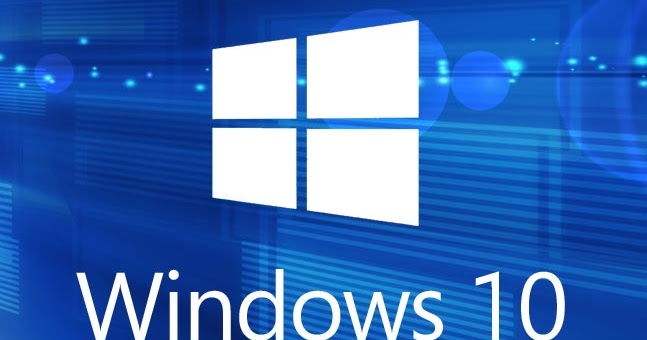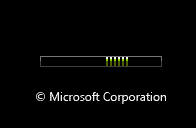

The main drawback, however, with this feature is that the tabs can’t be configured and managed with the same flexibility as those from web browsers. The first and most important feature is, of course, the fact that the app allows users to open new instances (tabs) from the ribbon menu. Boasts various useful featuresįiles also comes with a couple of very useful functions that are currently missing from the classic File Explorer.

Since we’re on the subject of GUI, the app employs a basic layout with a tab bar at the top of the main window, followed by a basic menu bar underneath, a navigation pane with Forward and Back buttons, a path/address bar, a search, two adjacent sections such as Locations and Drives, and the Preview/Details pane. Working with the app feels a lot more empowering and rewarding than relying on the “basic” Explorer, without really feeling like a third-party app that was not developed by Microsoft. It’s a community-driven, open-source project that includes enough Fluent Design elements to keep users who also value nice aesthetic happy.īesides its modern and rather stylish GUI, the best thing about Files is just how intuitive it is. That’s not the case with Files, a super stylish, modern-looking, and very practical take on what the future File Explorer might look and feel. And, while there are various good file managers out there that can lend a helping hand, most of them look more at home on Windows XP. Truth be told, the File Explorer has not evolved all that much over the last few years, which left many more advanced users wanting a more efficient way of managing files.

By extension, it also means that Windows 10’s Explorer is also the best. We think most of us can agree that Windows 10 is the best iteration of Microsoft’s OS by far, despite its various perceived or more or less subjective drawbacks.


 0 kommentar(er)
0 kommentar(er)
